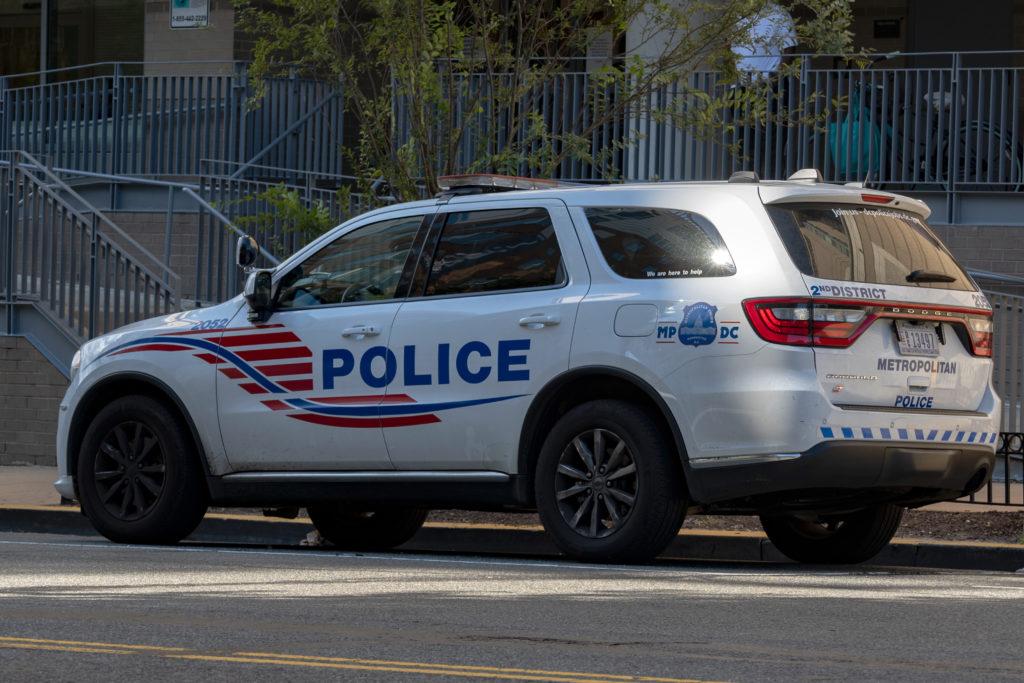It’s 9 a.m. on Friday and I’m not sleeping in. I’m rubbing elbows with Coelogyne ochracea and Oerstedella centradenia. Amidst great halls of fossils and colossal taxidermy in the Smithsonian Museum of Natural History, one will find “Orchids: Take a Walk on the Wild Side,” the 13th annual orchid exhibit presented by the Smithsonian’s Horticulture Services Division and the U.S. Botanic Garden. Together, director of the division, Barbara Faust, museum orchid specialist, Tom Mirenda, exhibit designer, William Donnely and project manager, Melanie Pyle, have assembled a mini ecosystem displaying members of the largest family of flowering plants, orchids. They have been cultivated from all corners of the earth by researchers from the Smithsonian Tropical Research Institute and the Smithsonian Environmental Research Center (SERC). Visitors follow in their footsteps, from the rainforest floor to the tree canopy, examining which orchids grow at each level.
The exhibit mimics a “canopy walk”, a growing movement in ecotourism. What is ecotourism? Essentially, it is a socially and ecologically sound form of tourism where the emphasis is less on what the tourist can get from a destination and more so on what the tourist can give to a destination or, at the very least, travel there in the most unobtrusive way possible.
Upon entering, I crossed a boardwalk flanked by more than 2,000 of the most sought-after and mysterious flora of botanical history. Jewel-toned orchids nestled comfortably between moss and exotic shrubbery, their tiny, almost-painted faces smiling at passerby’s. Only a rope and the watchful eyes of security kept me from reaching out and touching one of the tantalizing specimen.
However, one of the most impressive parts of the exhibit is what you don’t see. With the clicks and howls of the rainforest filling my ears and the smell of soil filling my nostrils, the exhibit was an all-encompassing sensory experience. Also astounding is the behind-the-scenes teamwork needed to create such a living, breathing and atypical museum experience. Pyle explained the inner workings of this process: a month of construction and painting, three straight days of situating the plants in the exhibit and of course the ongoing curatorial duties of floral engineering. I say “engineering” because the work is just more serious than “arranging” or “gardening.” Each orchid’s individual needs must be taken into consideration. For instance curators must know which orchids are epiphytes (those that grow attached to other plants), and which are Dendrobiums (those which enjoy full morning sun and shade between 11 and 3 p.m.). Every orchid plant is switched out twice a week, and is replaced with an alternate specimen from one of the museum’s four off-site greenhouses dedicated solely to the cultivation of orchids.
The exhibit does an excellent job of balancing science-class-type information, e.g. classification, reproduction, with a greater look into the often uncertain future of orchids. Given that it is almost impossible to grow orchids in captivity, the exhibit stressed the importance of preserving their natural habitats. According to Pyle, most plant extinction today is due to human activity, so, like most environmental crises we face, the power to make positive change is in our hands.
For all those closet orchid-fanatics out there, you are not alone. In addition to the American Orchid Society there is a National Capital Orchid society right here in D.C. If you’re even a little curious, I highly recommend that you head to the Smithsonian Museum of Natural History and take a walk on the wild side.




